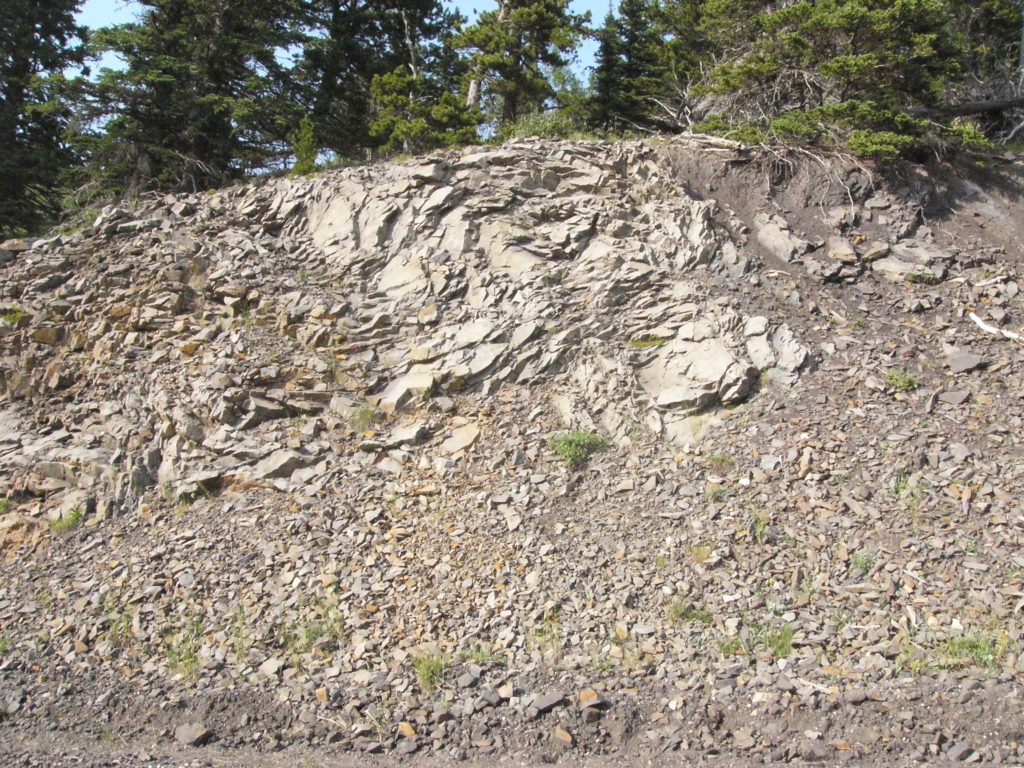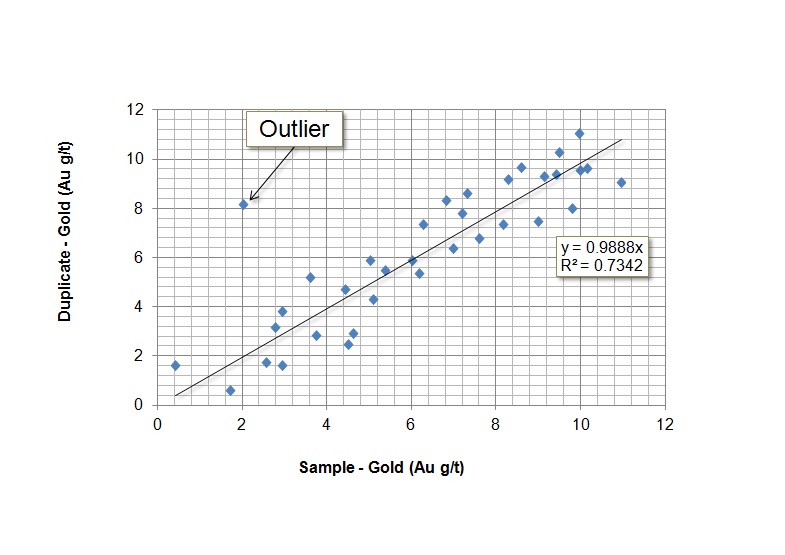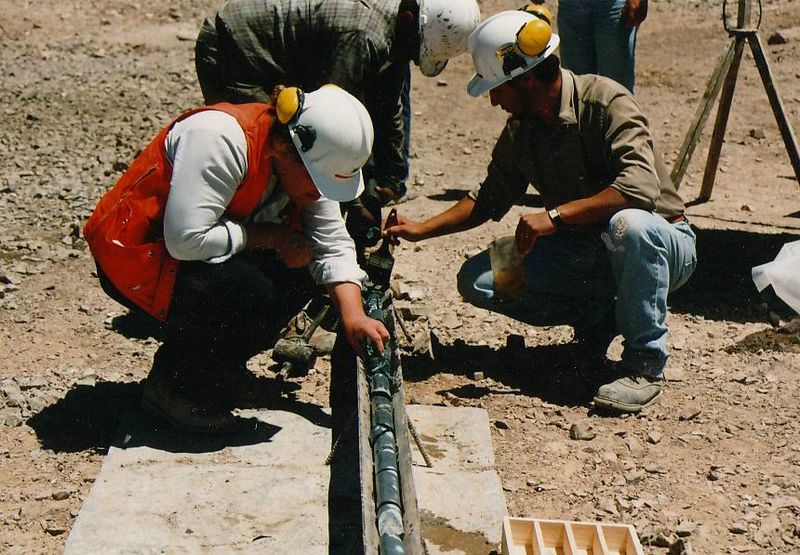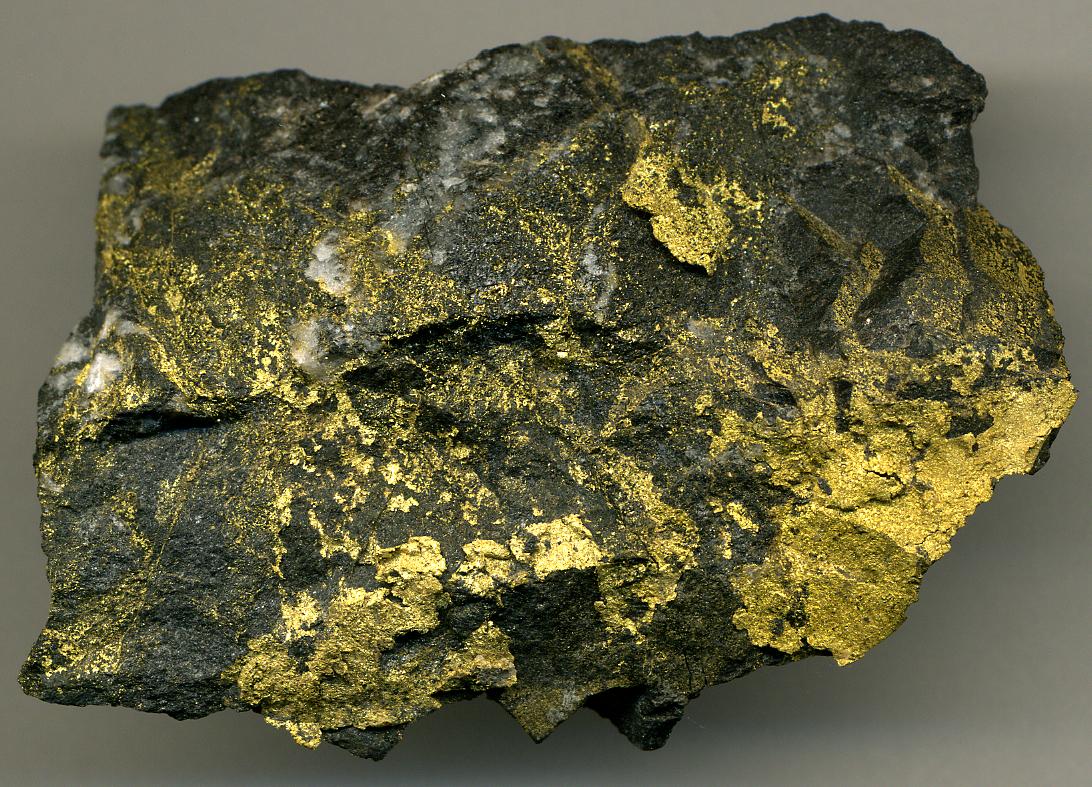Mining company press releases and investor reports often state that their mineral resource and reserve estimates are “JORC compliant”, but what does that actually mean? Understanding the reporting standards a company must follow is important when making investment decisions.
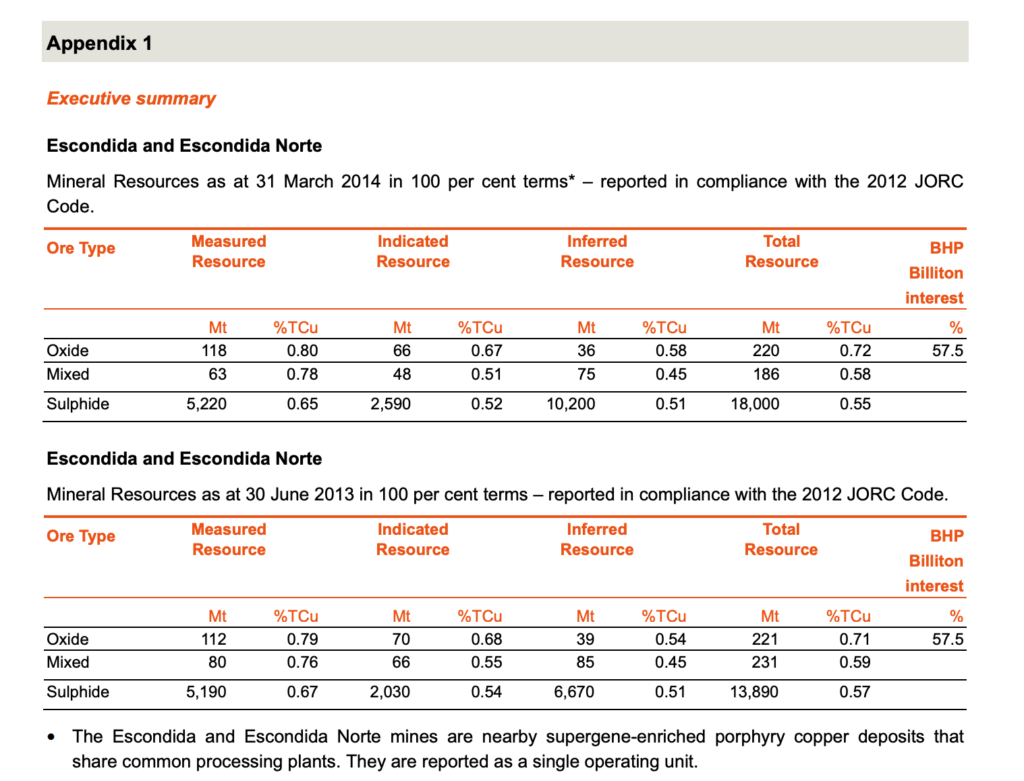
Governing bodies, like Australasia’s Joint Ore Reserves Committee, ensure that companies’ mineral resource and reserve estimates comply with a county or region’s professional code of practice. These standards are often designed to be in accordance with CRIRSCO – the Committee for Mineral Reserves International Reporting Standards. CRIRSCO formed in 1994 and has 13 members, including Australasia.
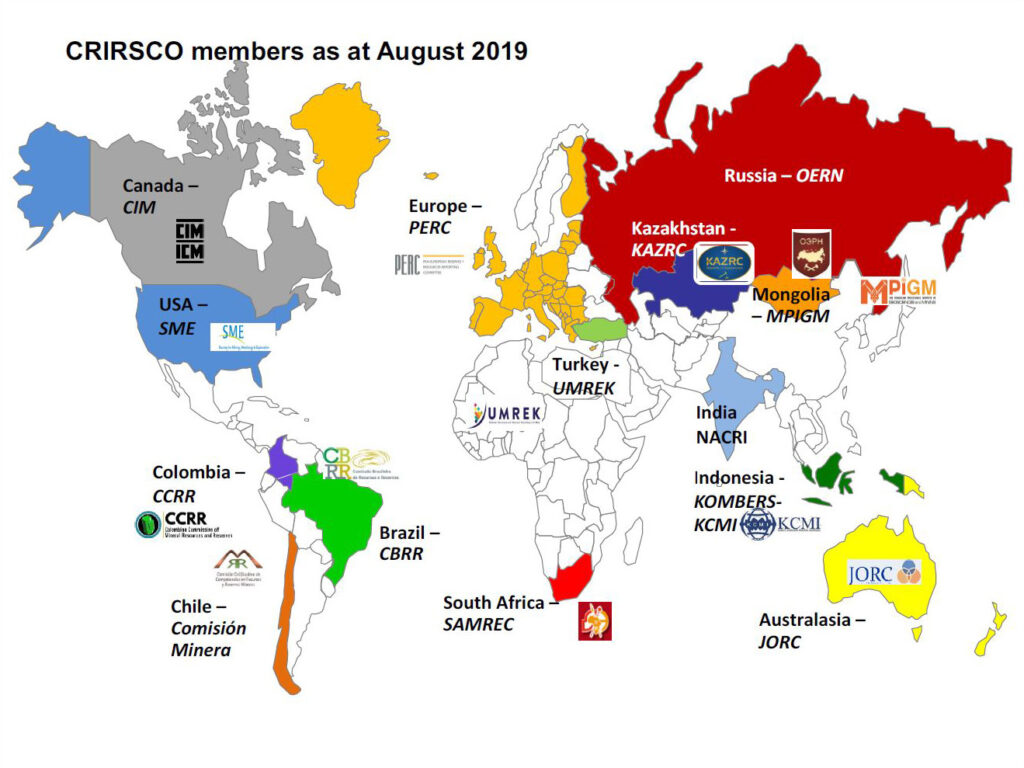
History
The origins of JORC reporting are the result of a boom-and-bust event in Western Australia. In the late 1960s, demand for nickel surged as the U.S. sought the metal for building weapons to use in the Vietnam War. A strike at a major nickel supplier in Canada (Inco) caused a shortage in supply, and the price of nickel rose to record levels. In September and October of 1969, Australian mining company Poseidon announced a nickel discovery in Western Australia, reporting ore grading 3.56% nickel. Despite having no actual production or further proof of their discovery, Poseidon’s stock shot up on this news. The craze grew to include other nickel and mining companies, many of which had no actual mining leases or reserves. The bubble burst in early 1970 and when Poseidon did begin to produce nickel, it was at a lower grade than originally thought – 1.5%.
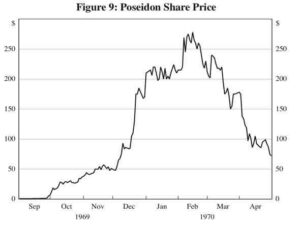
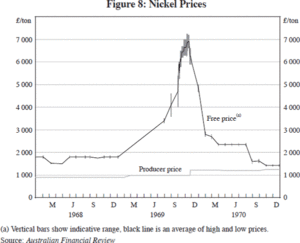
Concern about reporting practices prompted the Australian Mining Industry Council to introduce regulation. The JORC officially formed in 1971 and is made up of representatives from several Australasian mining, geoscience, financial, and accounting organizations. The first version of the JORC Code was released in 1989 and has been revised/updated several times, mostly recently in 2012.
What is the JORC Code?
The JORC Code applies to all companies listed on the ASX and NZX. The code is compliant with CRIRSCO, and has been used as a guide for other countries (USA, Canada, South Africa, UK/Europe, Chile, Peru) to develop their own reporting standards. According to the jorc.org, the goal of the Code is to:
The purpose of the JORC Code is to provide a minimum standard for reporting of exploration results, Mineral Resources and Ore Reserves in Australasia, and to ensure that public reports on these matters contain all the information which investors and their advisers would reasonably require for the purpose of making a balanced judgement regarding the results and estimates being reported.
Let’s break this down.
First, the Code aims to “provide a minimum standard for the reporting of exploration results, Mineral Resources and Ore Reserves in Australasia.” The Code, which is a detailed document available on the JORC website, defines Exploration Results, Mineral Resources, and Ore Reserves. It is important to understand the difference between resources and reserves. In order for a company to use the terms “ore” or “reserve”, the deposit must be technically feasible and economically viable. The criteria for pre-feasibility and feasibility studies are defined in the Code.
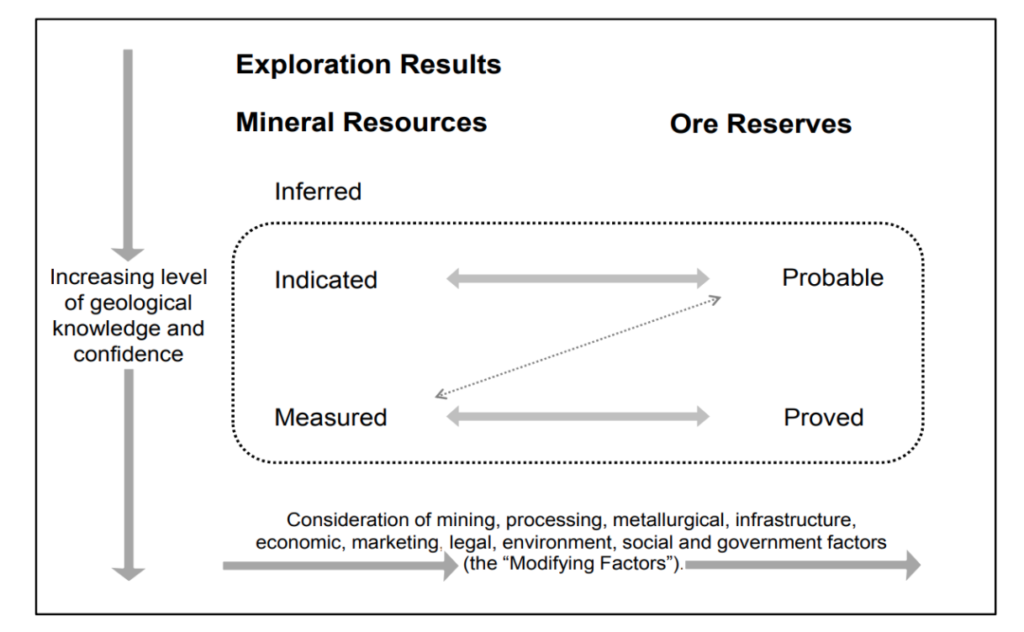
The Code also establishes what information about the deposit needs to be included when reporting results/resources/reserves; when companies need to report results/resources/reserves; and who is qualified to prepare public reports.
The who is a Competent Person:
- Someone who is an active member of one of the JORC’s approved organizations (Australasian Institute of Mining and Metallurgy, or the Australian Institute of Geoscientists)
- Someone who has five years of relevant experience. Relevant is further defined as the specific type of deposit/mineralization, and the type of activity–exploration, estimation of mineral resources, or estimate of ore reserves.
Second, the Code aims to “ensure that public reports on these matters contain all the information which investors and their advisers would reasonably require for the purpose of making a balanced judgement regarding the results and estimates being reported.” The Code defines public reports as annual/quarterly company reports, press releases, information memos, technical papers, website postings, and public presentations – anything designed to inform investors/investors and their advisers on results/reserves/resources.
The Code explains frequently-used terminology (such as cut-off grade, assumption, ore reserve) and provides a checklist of the specific information that needs to be included in a report (sampling techniques, geologic information, diagrams, estimation methodology, etc.). It can serve as a useful reference guide for investors who want a deeper understanding of a company’s reports. Additionally, the Knowledge Base section of this website has detailed explanations of many common mining exploration methods and results–a valuable tool for investors who want to make sense of company reports.
Conclusions
Familiarize yourself with the reporting standards for mining companies around the world. A JORC-compliant report means that a company has adhered to the standards outlined in this article–however, it does not necessarily mean that it is a good investment. When making investment decisions, take the time to fully understand the resource and reserve estimates published by companies. Educate yourself on the results from feasibility studies, sampling methods, and estimation techniques. A greater understanding of a potential investment leads to an informed decision.
Resources

